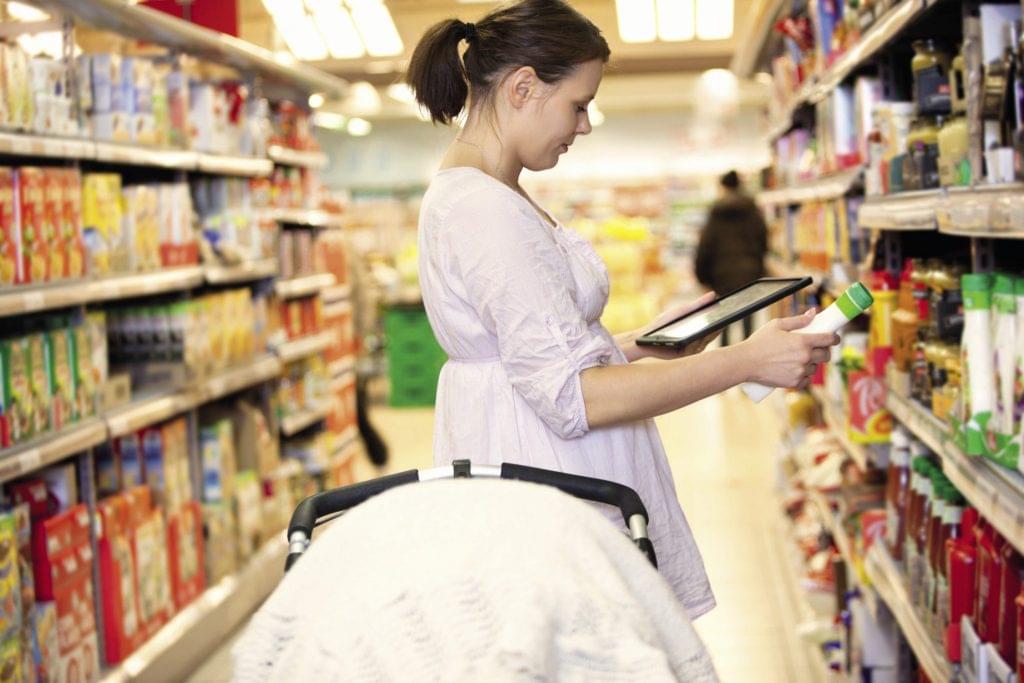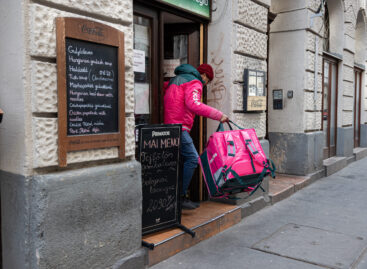Blurred lines between physical and digital shopping experiences
Global non-profit trade association SHOP! prepared a study on the most important retail trends of 2016. According to them, there are five important trends which shape the retail market today:

1. Shrinking trading area: stores are becoming smaller but sales are growing in value. Shoppers visit stores less often but the proportion of big-box and online purchases is increasing. In a smaller trading area digital displays need to be even more efficient.
2. Omnichannel retail keeps expanding: stores function more and more as showrooms and places where goods are picked up. Certain areas are separated for ordering products online and collecting them.
3. Online market players open brick and mortar stores: a growing number of e-commerce businesses open physical stores, so that they can give consumers a more complete consumer experience.
4. In-store retail becoming more interactive: retailers are looking for customised store furnishing solutions and digital displays that meet new, interactive retail strategies.
5. Stores are redesigned and revamped: successful retailers are able to change and revamp their stores quickly.
The study also finds that in 2015 stable economic conditions supported the expansion of retail sales in the USA, e.g. the level of unemployment stayed low, therefore consumer confidence increased. However, it must also be noted that the number of physical stores is decreasing, while the popularity of online shopping keeps growing. It is a great challenge for grocery retailers that food products are now also available online. They focus on bringing shoppers into stores where they can get most products they need in one step. In the meantime online retailers such as Amazon, Peapod and Google have started delivering groceries.
The integration of online and physical retail trade is likely to continue in the next five years. With the development of technology, consumption habits will adapt to this trend. Offline and online-only retailers will find a way to stay attractive to technology-conscious consumers. Changes in the fields of product innovation, store format and delivery will favour those retailers who can adapt to the new situation the best. Online retail is the fastest growing channel, while brick and mortar stores try to strengthen their presence on the online platform. Companies such as Target focus primarily on mobile apps to reach consumers.
There are major changes taking place in the retail environment. Shopping centres are struggling as more and more people are buying online. Those who still go shopping, tend to prefer big-box stores and lifestyle centres. The latter are especially popular among women: in this new-format shopping spaces individuals and families can spend their free time in a pleasant environment. Those who operate these centres are looking for businesses that can contribute to ‘offering the full consumer experience’, such as health service providers, massage therapists, dietary and entertainment service providers. //
Related news
Related news
After a subdued year, the holiday season is strong
74% of online shoppers, around 3.1 million people, are preparing…
Read more >Battle of the regions: these are the most popular dishes according to Hungarians
Five times the national average of Mexican food is consumed…
Read more >Business-tailored halls help SMEs develop and grow
RaktárAD, a logistics developer with a Belgian-Hungarian ownership background, has…
Read more >



